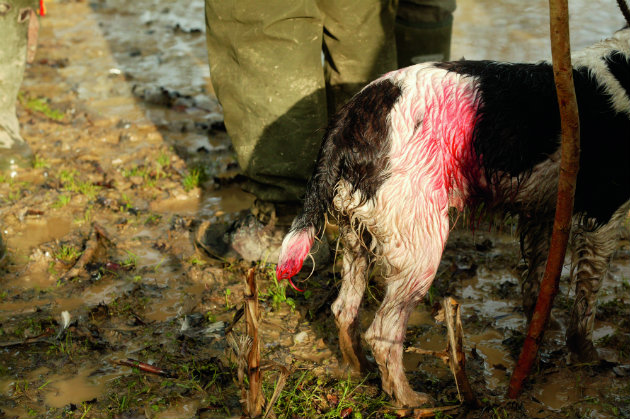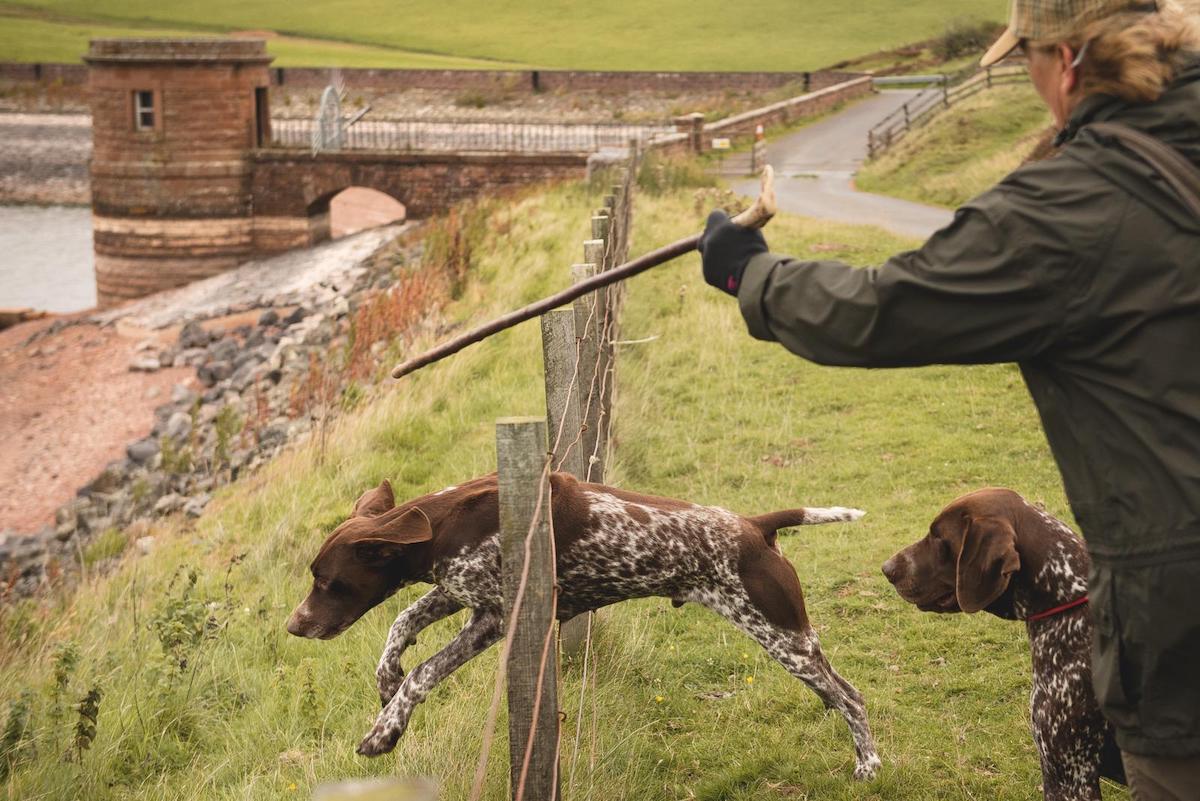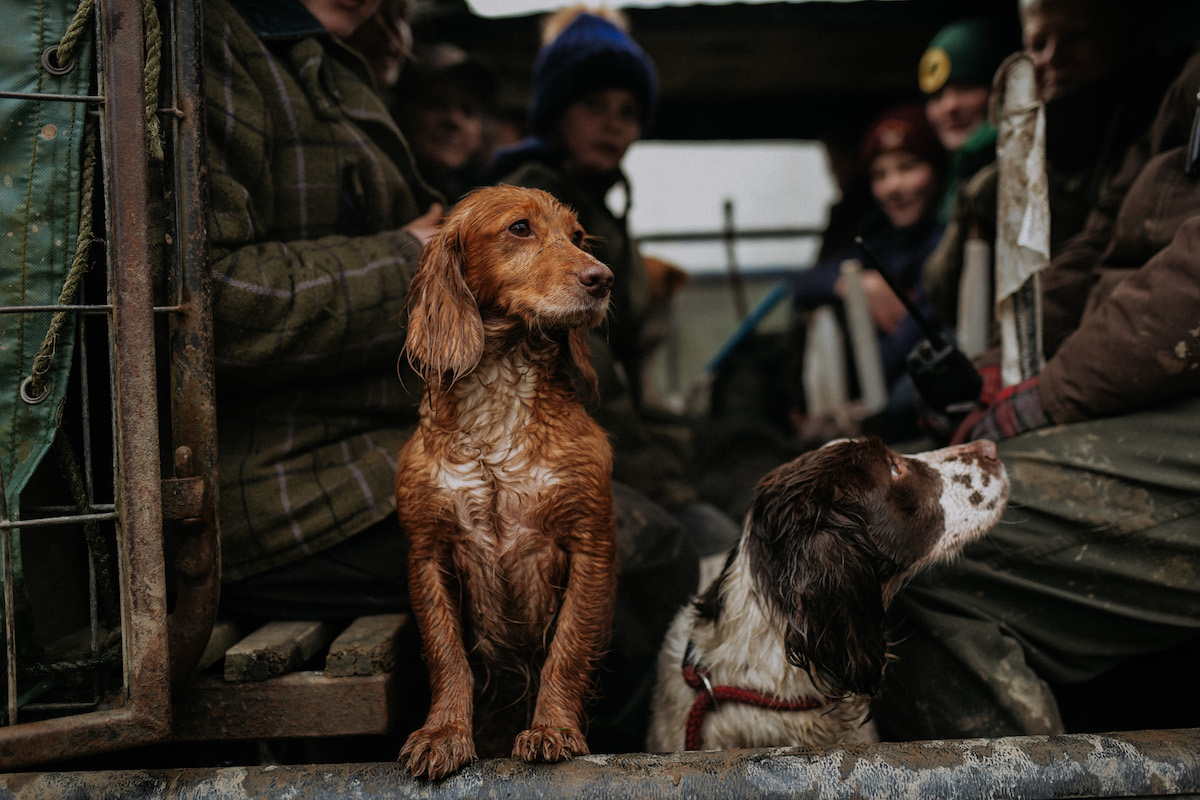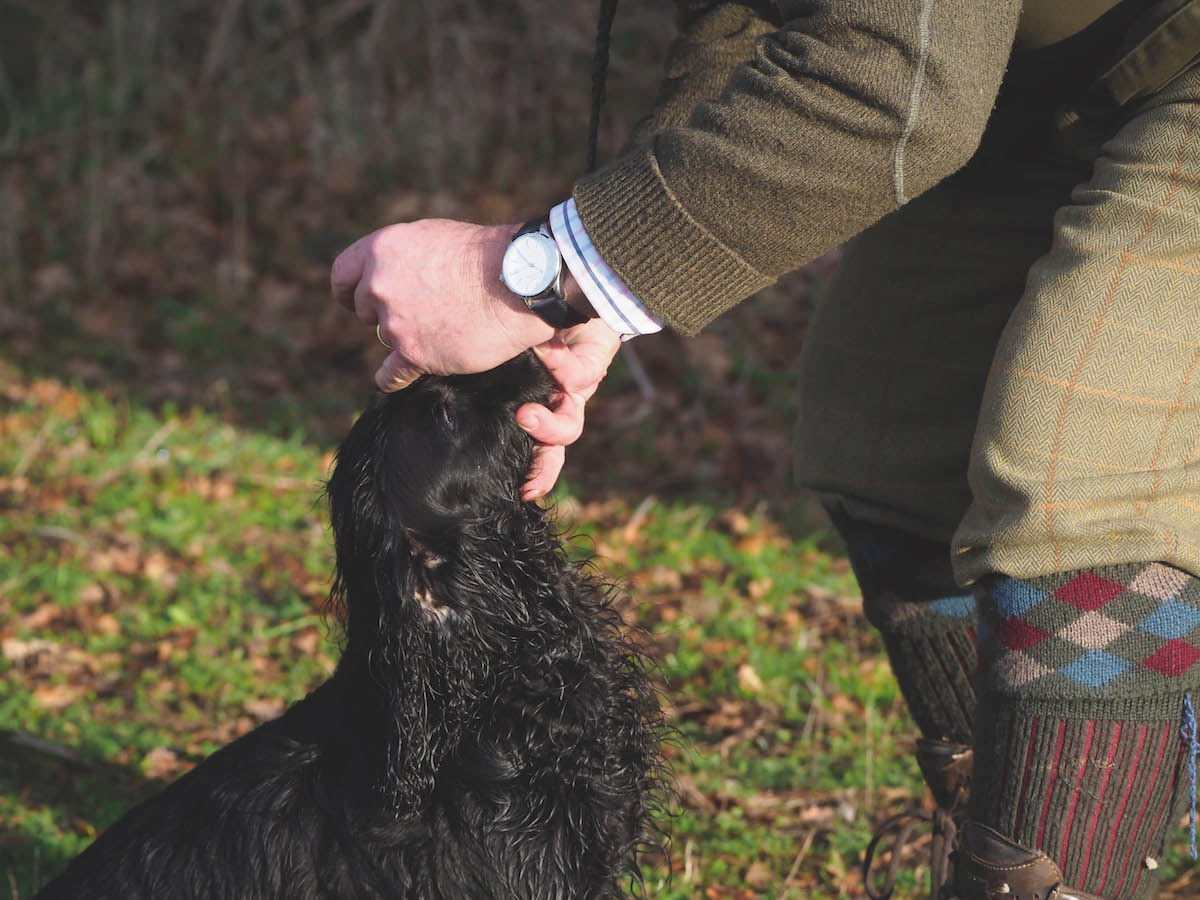Help! My cocker spaniel keeps injuring his tail …
A reader has a cocker spaniel who keeps injuring his tail. What's the best way forward?

Repetitive minor trauma can lead to tail damage so it is vital the skin is given a chance to recover
Q: I have a four year old cocker spaniel with a partially docked tail. I have used him over the past two seasons and twice now he has damaged his tail, causing it to bleed but not enough to prevent him working. My vet has offered to dock him further if he continues to injure the tail, but I would prefer to delay the operation until after the shooting season. Can you suggest anything I could do in the meantime to prevent further injury?
A: The obvious option, if you wish, to continue working and avoid further dog tail injury, is to use him relatively infrequently, say weekly rather than daily or every other day, and either confine yourself to areas where there is least risk of injury – avoiding dense cover, thorn bushes and brambles and so on – and/or try a protective bandage.
Is it irresponsible of me to work a springer without a docked tail?
A reader is looking for a show-type springer but has noticed they all have full tails. He wants to work…
Dog tail docking
What can you do quite legally in England which could cost you a fine of up to £5,000 or even…
Tail docking in dogs: is it legal? Which breeds can be docked?
Tail docking: It is one of the most emotive subjects in the gundog world, so education is key to knowing…
Repetitive minor trauma, as well as overt injury, can lead to tail damage so if the former is the problem, less frequent work gives the skin some time to recover. If you want to try a protective bandage, be sure to cover the whole tail and use an cohesive bandage – something like Vetrap or Elastoplast, which will stick to itself. Start by holding the bandage under the tail between finger and thumb, using your left hand if right-handed, with the sticky side towards the tail. Take the bandage straight down the tail around the tip and up to where you started. Twist the bandage and come back down the tail and back up again with overlapping turns, trapping tail feathering under each overlap to help secure the bandage.
A spirited dog
Apply a firm bandage, but not so tight that you risk interfering with the blood flow. This is very important – a bandage does not need to be tight to stop it falling off. Using an adhesive material and trapping some tail feathering should be enough to secure the bandage.
It is quite possible of course, that a spirited dog which likes nothing better than plunging through brambles and thorny patches will return with the carefully applied bandage in tatters. Should that happen , console yourself, at least you have evidence to demonstrate to your vet that the dog is likely to continue damaging its tail.











